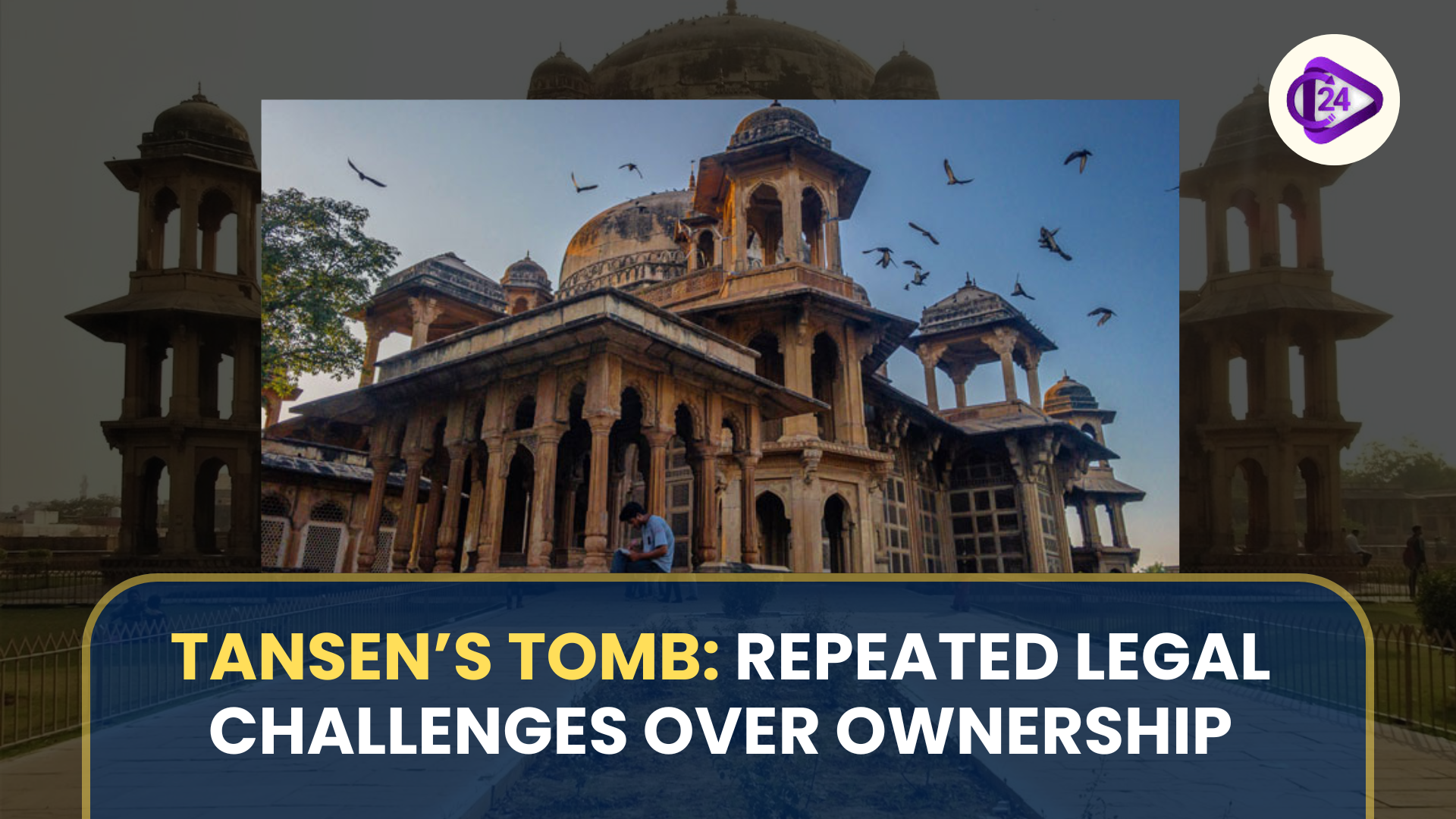
A new request for religious gatherings by the tomb of Sufi saint Sheikh Muhammad Ghaus in Gwalior, where the great musician Tansen is also buried has been rejected by the Madhya Pradesh High Court. The ASI-protected area is under the Ancient Monuments Act that has continuously been subject to religious control using the legal system. The court stressed that legalizing such activities would lose the heritage value of the monument. ASI referred to the damage ruining the structure due to historical unlicensed operations. Petitioners remained in pursuit of the site control even after several court setbacks since the year 1995.
Context
-
A new court challenge was filed to allow religious and cultural access to a centrally preserved monument of Mughal-era Gwalior, the tomb of Sheikh Muhammad Ghaus, the tomb also of Akbar court musician, Tansen.
-
The refusal of the court embraces a protracted legal campaign supporting the guardianship of ASI on historical monuments.
About Monument
-
In Gwalior under Akbar reign, the tomb of Sufi saint Sheikh Muhammad Ghaus (1563) was built.
-
At the corner, just across, lies the grave of Tansen, legendary musician, who studied under the saint.
-
The construction is a centrally guarded site under the Ancient Monuments and Archaeological Sites and Remains Act, 1958 and kept under custody of ASI since 1962.
-
It is architecturally important which inspired Mughal construction of its tombs and features such as chhatris and jali screens.
New Petition and Court decision
-
Petitioner: Syed Sabla Hasan who poses as the legal heir and Sajjada Nashin of the saint.
-
Demand: Acceptance to have Urs and other religious/cultural practices.
-
ASI Objection: Illicit activities such as electrical wiring and drilling on the walls damaged the monument.
-
Verdict: The HC decided in favour of ASI based on the grounds of legal finality and threat to structural and cultural integrity.
Possession of Tombs Legal History
-
1995: Peerzada Syed Ali Hasan lodged a civil case at the Civil Judge Court (Class-II) at Gwalior demanding the right of the tomb.
-
Status: Dismissed.
-
2004: His two sons and his two daughters filed a First Appeal which was also rejected on a detailed judicial order.
-
1996: Yet another civil suit by Syed Muhammad Hasan (a son of Ali Hasan).
-
Removed in 1999.
-
2002: A civil revision application against the 1999 order was turned down.
-
2015: A second appeal was rejected too.
-
2016: A review petition submitted in the Supreme Court was not allowed.
-
2019: A new case was filed by Syed Sabla Hasan in front of Madhya Pradesh Waqf Tribunal, asserting ownership and also religious jurisdiction over the tomb.
-
2022: the Waqf Tribunal rejected the application and upheld the side of Archaeological Survey of India (ASI).
Court Observations
-
This “originality, sanctity and vitality” of the Monument should be maintained.
-
The permit of the religious events would mean national loss of historical value.
-
No one of the petitioners has a legal title or right of religious property in the location.
Conclusion
Since time immemorial, there has been a conflict over who should be able to take control over the tomb and what religion should use it, which has determined the status of the tomb through several successful lawsuits in favour of heritage preservation. The recent High Court verdict confirms the powers of the ASI and states the accountability of the Government to safeguard the cultural heritage of India that is endangered by encroachment as well as degradation despite high winds of petitions being filed in the interest of the petitioner on personal or on religious grounds.



 Lt.-Gen. Pushpendra Singh Appointed as Vice-Chief of Army Staff
Lt.-Gen. Pushpendra Singh Appointed as Vice-Chief of Army Staff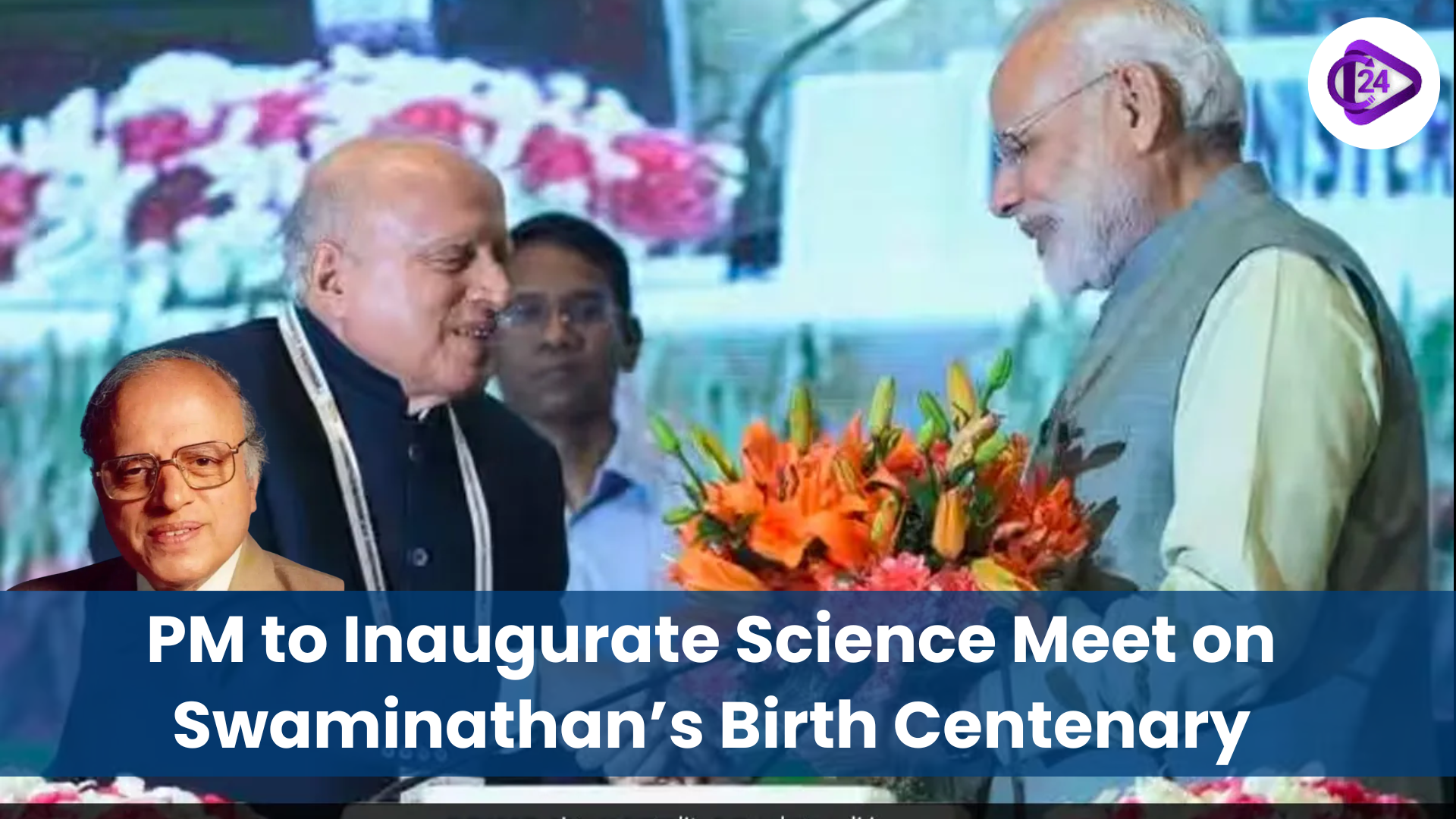 PM to Inaugurate Science Meet on Swaminathan’s Birth Centenary
PM to Inaugurate Science Meet on Swaminathan’s Birth Centenary Mera Gaon Meri Dharohar (MGMD): Cultural Mapping for Rural Identity and Development
Mera Gaon Meri Dharohar (MGMD): Cultural Mapping for Rural Identity and Development Rejuvenating the Noon River: A Model of Community-Led River Restoration in Uttar Pradesh
Rejuvenating the Noon River: A Model of Community-Led River Restoration in Uttar Pradesh Gavri Festival: Tribal Resistance and Ritual Theatre of the Mewar Bhils
Gavri Festival: Tribal Resistance and Ritual Theatre of the Mewar Bhils Mission Vatsalya Portal Relaunched to Strengthen Child Protection Services
Mission Vatsalya Portal Relaunched to Strengthen Child Protection Services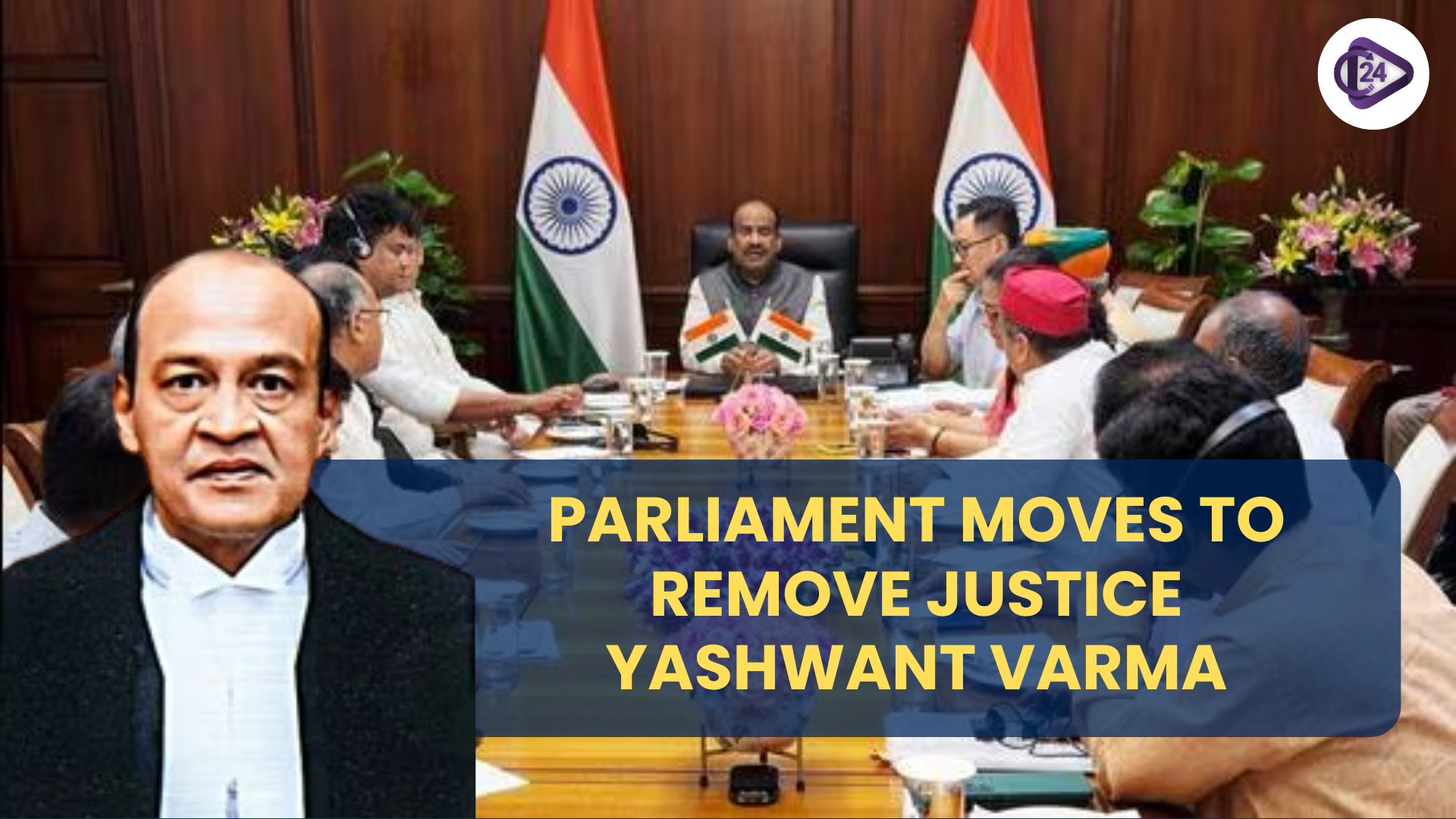 Parliament Begins Process to Remove Justice Yashwant Varma
Parliament Begins Process to Remove Justice Yashwant Varma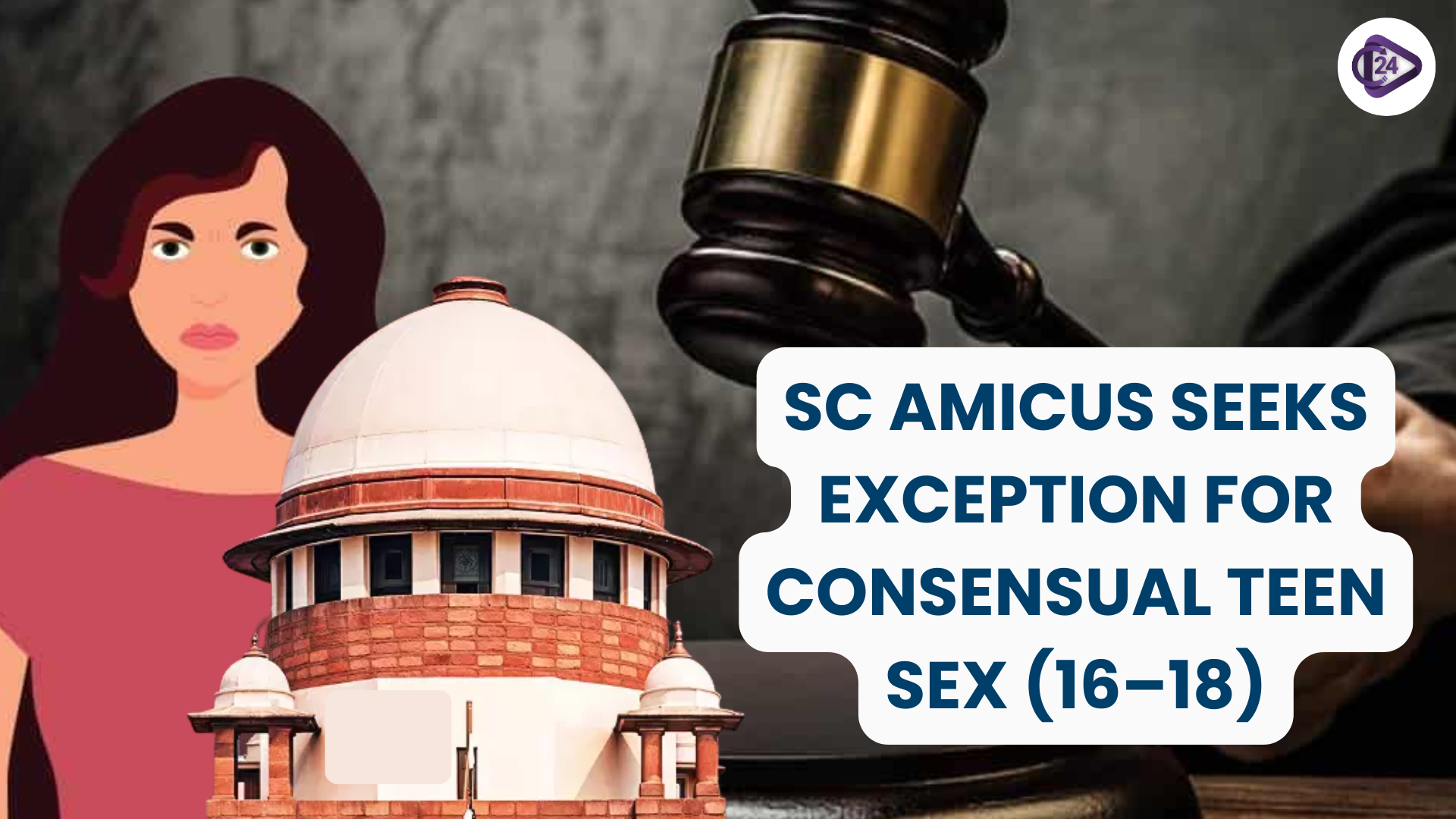 SC Amicus Seeks Exception for Consensual Sex Between Adolescents Aged 16–18
SC Amicus Seeks Exception for Consensual Sex Between Adolescents Aged 16–18 India Achieves 20% Ethanol Blending in Petrol — 5 Years Ahead of Target
India Achieves 20% Ethanol Blending in Petrol — 5 Years Ahead of Target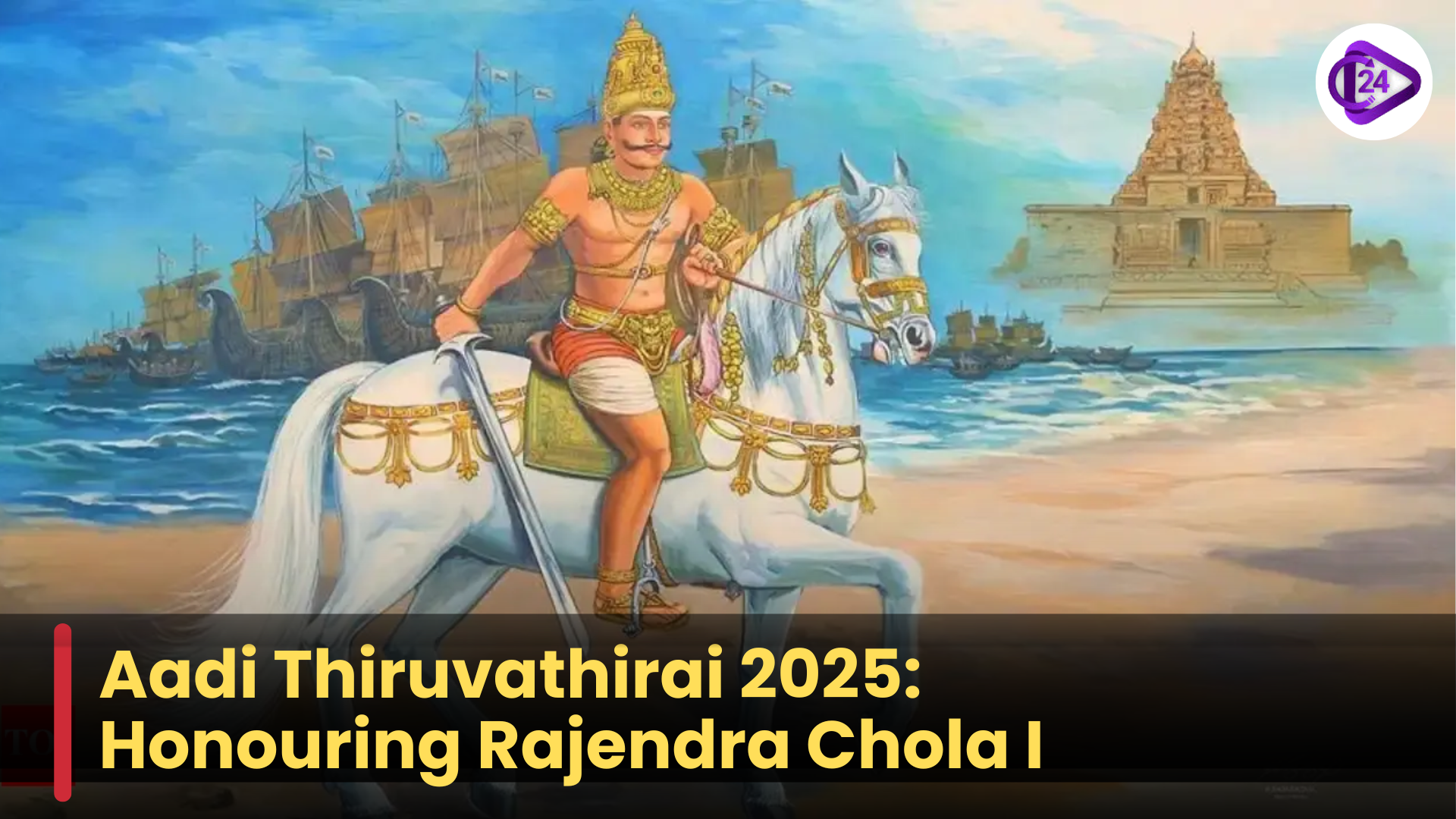 Aadi Thiruvathirai 2025: Honouring Rajendra Chola I
Aadi Thiruvathirai 2025: Honouring Rajendra Chola I






